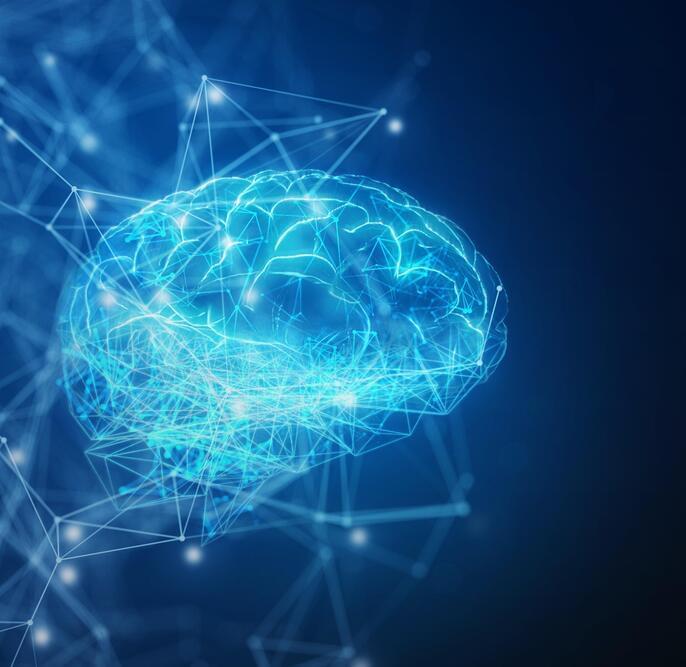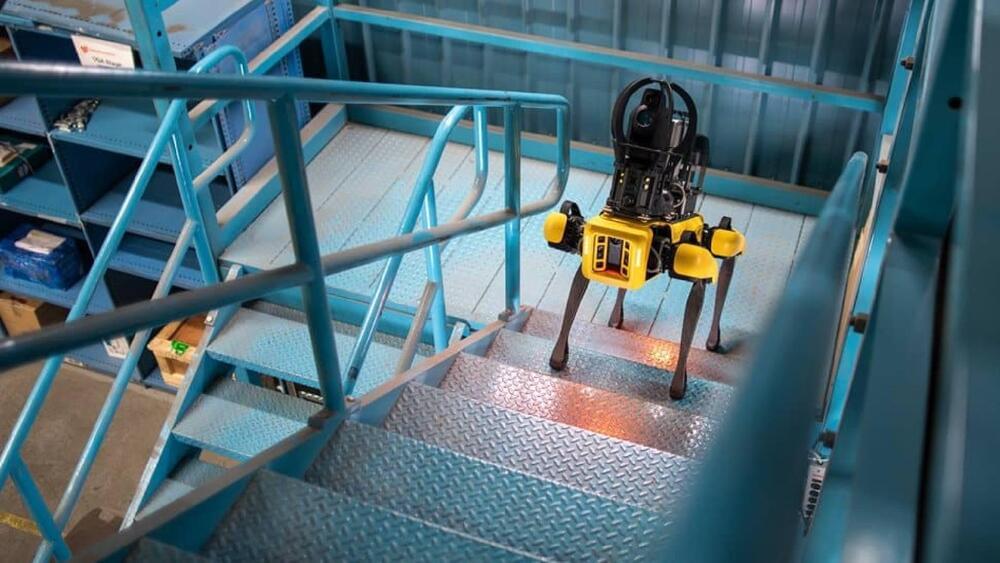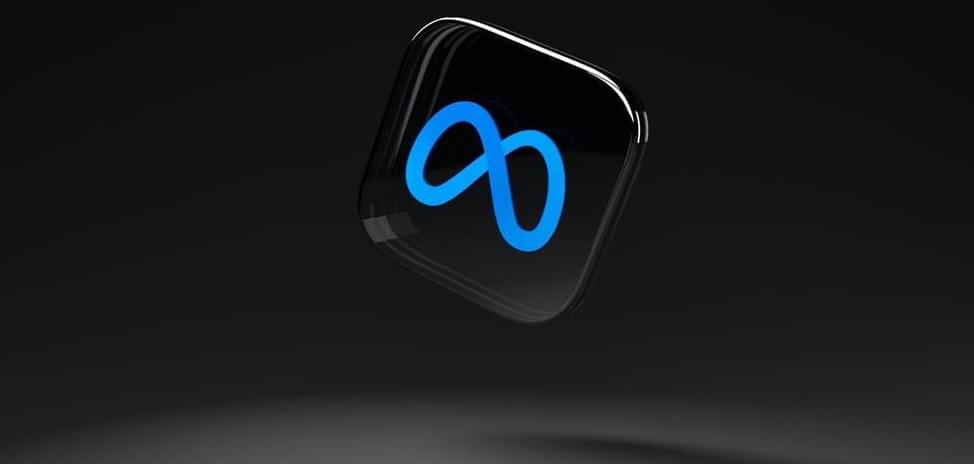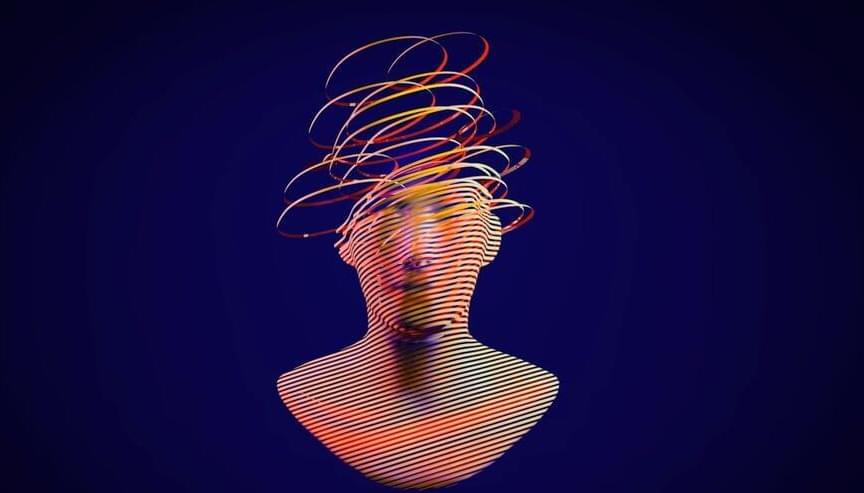Human curiosity remains an irreplaceable element in scientific exploration and discovery. Despite the impressive capabilities of AI, it is human curiosity that drives new ideas, inspires new directions in research and development, and leads to a constant stream of innovation and discovery. We must continue cultivating and nurturing human curiosity to ensure scientific advancement and discovery progress.
Combining AI and human curiosity can lead to even more outstanding results. Although AI may eventually improve and replicate certain aspects of human curiosity, interest is an integral part of being human and is necessary for scientific progress. In the future, AI and human curiosity will work together in a complementary way to achieve even more impressive scientific discoveries.
Some argue that AI still needs to gain common sense, creativity and a deep understanding of the world that humans possess. Human curiosity drives researchers to ask questions, seek new knowledge and explore new ideas, which is essential for advancing AI research. Human expertise and creativity are also critical for developing effective responses to crises like the Covid-19 pandemic. While AI can replace some tasks, it cannot replace human problem-solving skills. Therefore, combining the strengths of AI and human curiosity is necessary to achieve outstanding results in scientific pursuits.








